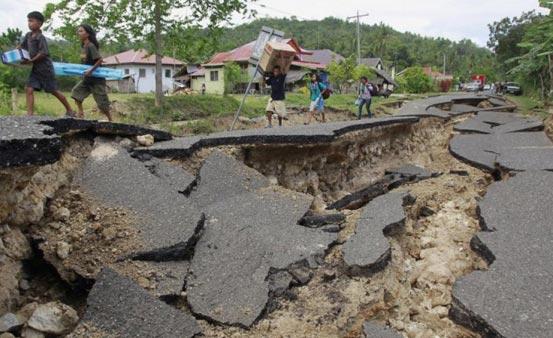According to sesmologists, earthquake is the result of a sudden release of energy in the Earth's crust that creates seismic waves. The seismicity, of an area refers to the frequency, type and size of earthquakes experienced over a period of time. We list few things which you must know about earthquake.

According to sesmologists, earthquake is the result of a sudden release of energy in the Earth's crust that creates seismic waves. The seismicity, of an area refers to the frequency, type and size of earthquakes experienced over a period of time. We list few things which you must know about earthquake.
ADVERTISEMENT
Also read: Two Mumbaikars who witnessed the earthquake in Kathmandu recall their 12-hour ordeal

Representational picture
1. Earthquakes are measured using observations from seismometers.
2. The moment magnitude is the most common scale on which earthquakes larger than approximately 5 are reported for the entire globe.
3. Magnitude 3 or lower earthquakes are mostly almost imperceptible or weak
4. Magnitude 7 and over potentially cause serious damage over larger areas, depending on their depth.
Also read: Death and destruction as massive earthquake hits Nepal
5. The largest earthquakes in historic times have been of magnitude slightly over 9, although there is no limit to the possible magnitude.
6. The most recent large earthquake of magnitude 9.0 or larger was a 9.0 magnitude earthquake in Japan in 2011, and it was the largest Japanese earthquake since records began.
7. The shallower an earthquake, the more damage to structures it causes, all else being equal.
8. Every tremor produces different types of seismic waves, which travel through rock with different velocities.
 Subscribe today by clicking the link and stay updated with the latest news!" Click here!
Subscribe today by clicking the link and stay updated with the latest news!" Click here!






